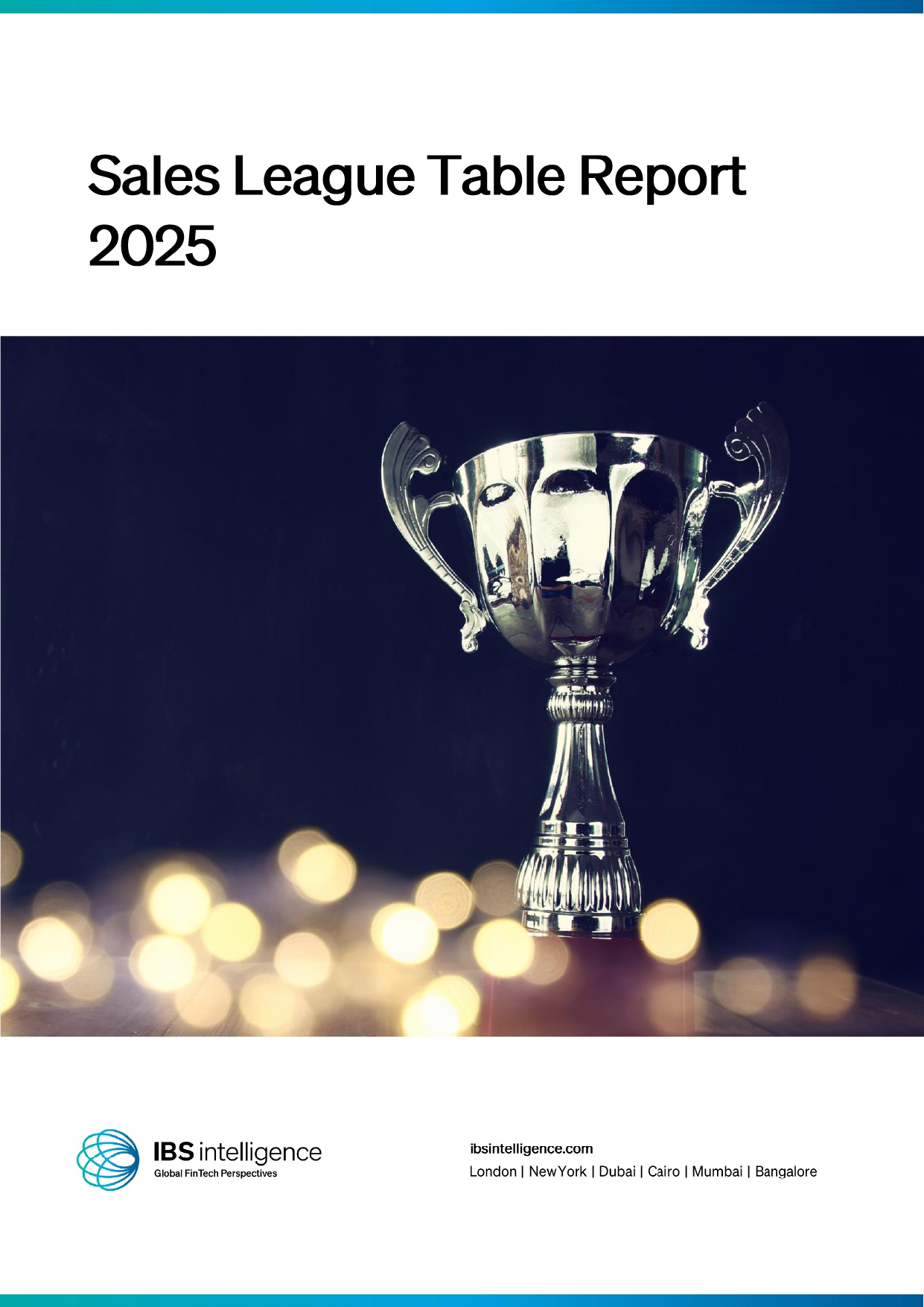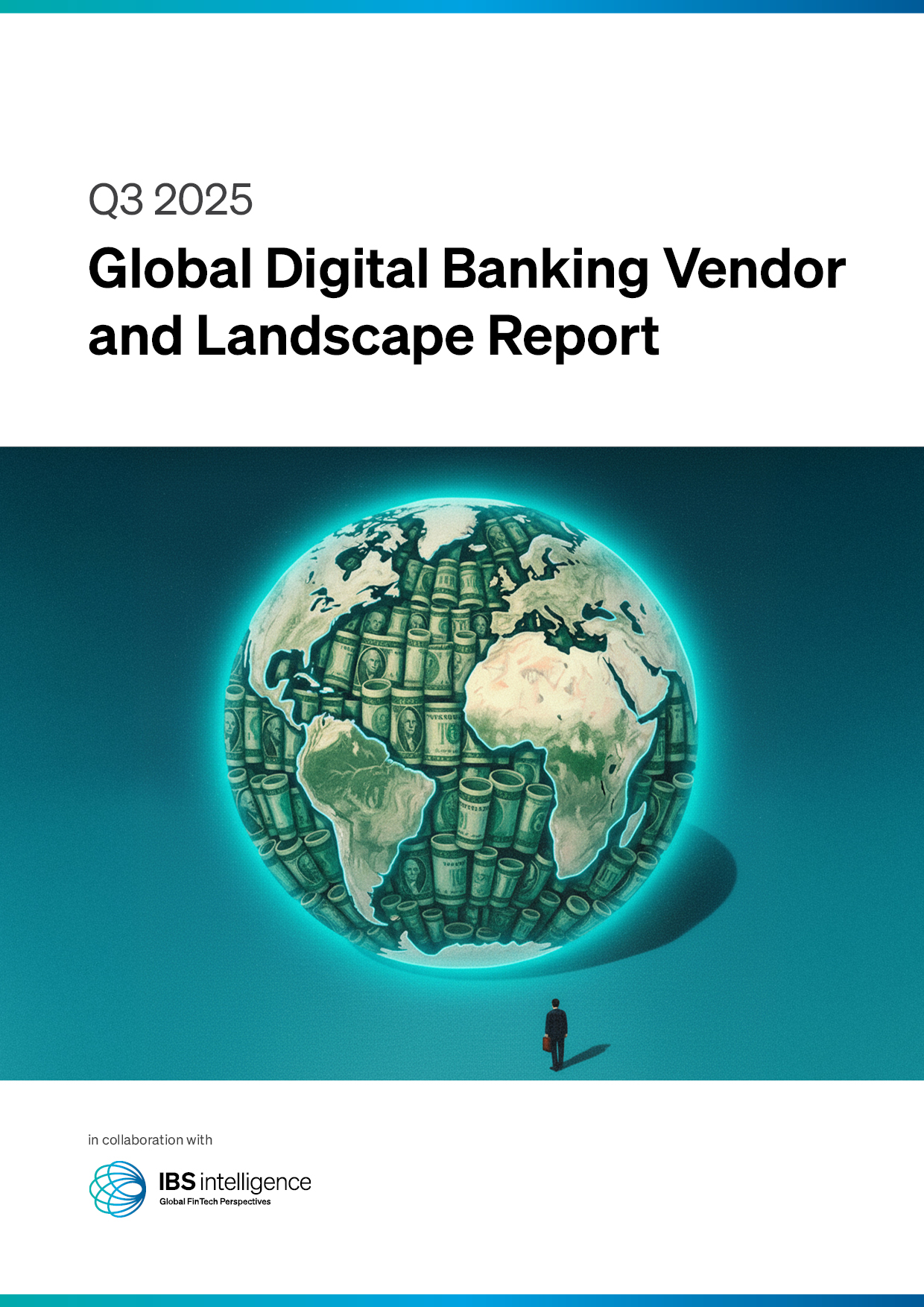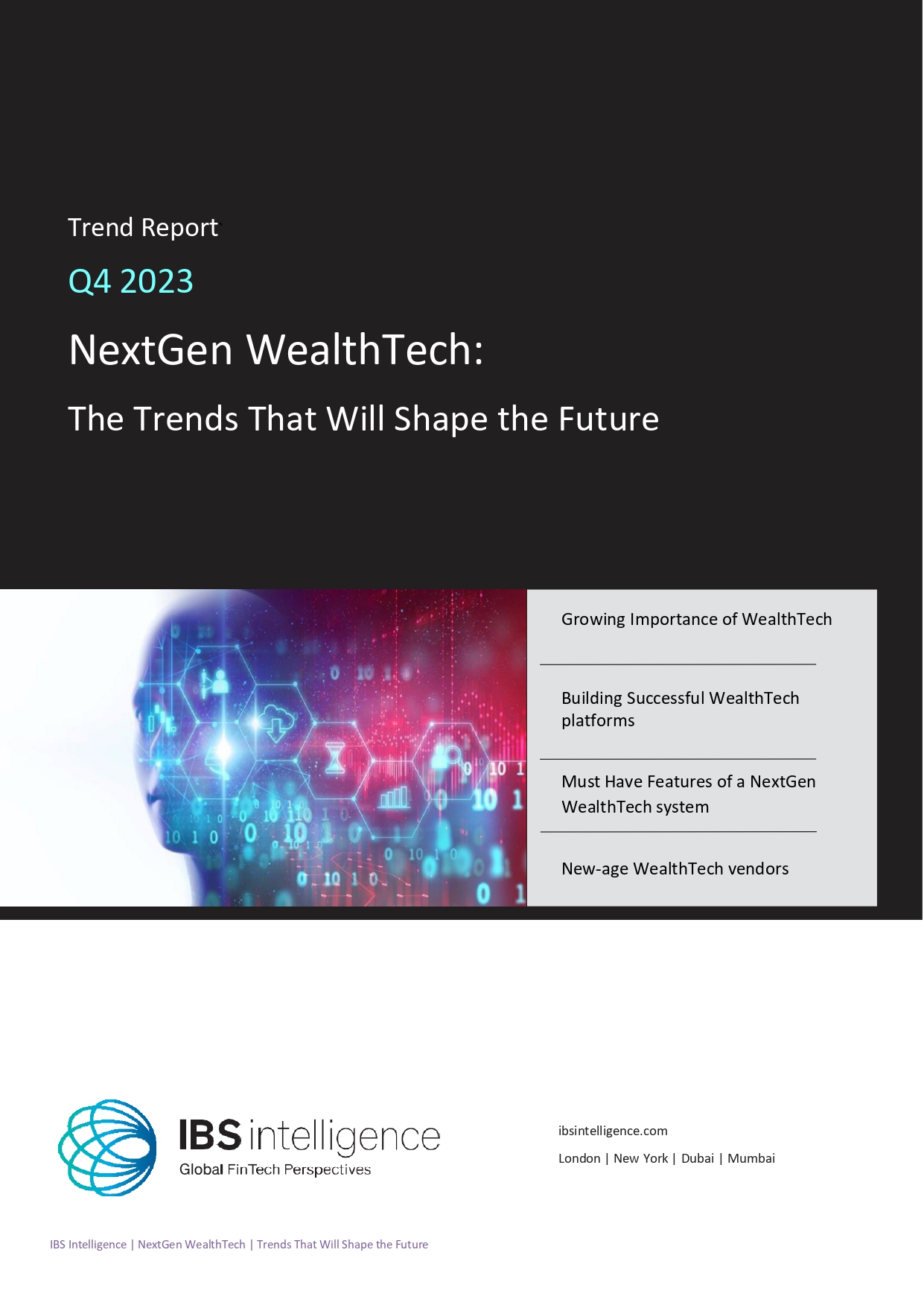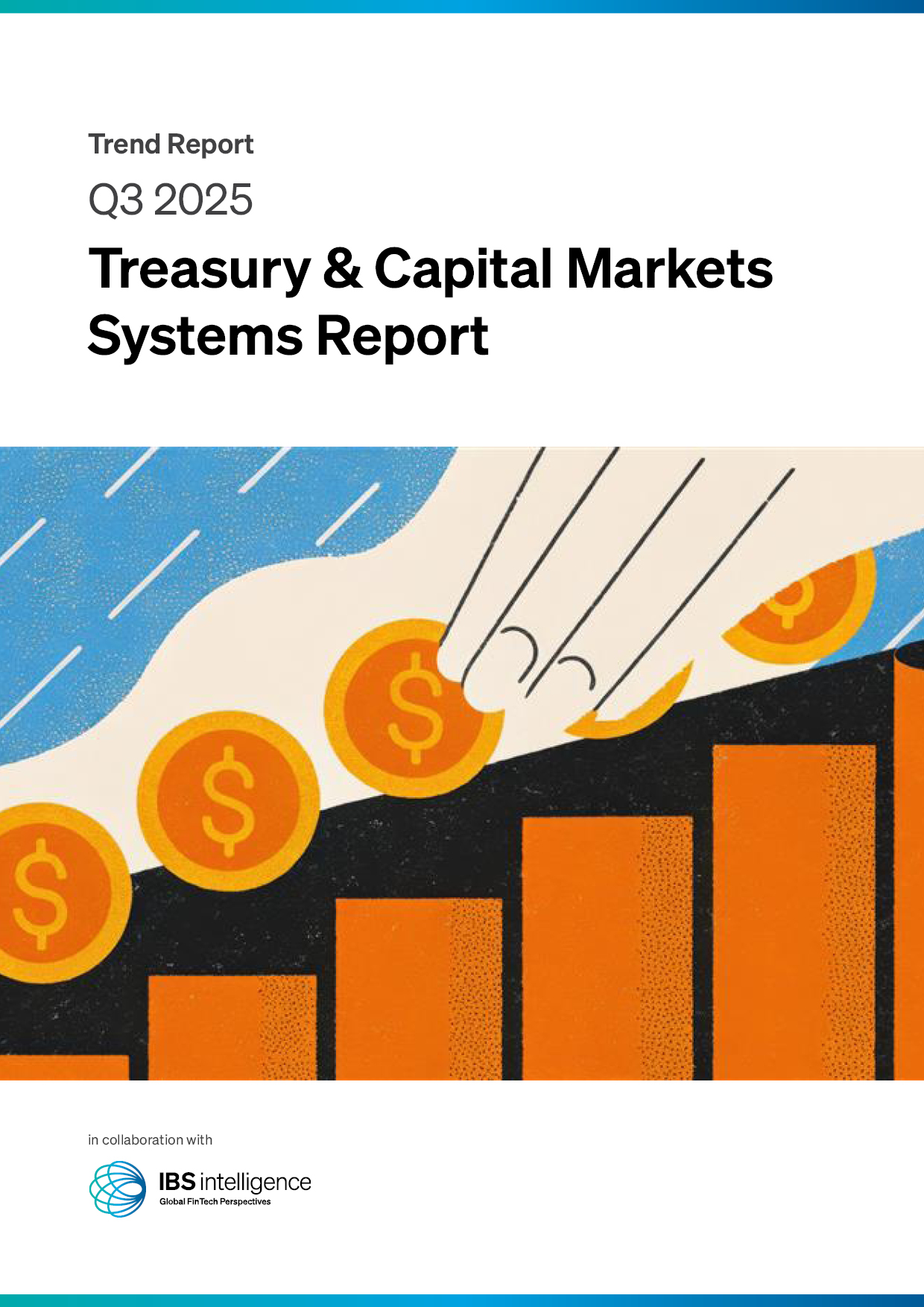 Back
Back
Is “OS Approach” the answer to enhancing Legacy Systems & Process Automation in Private Markets?

By Gareth Lewis, Founder and Co-Chief Executive of Delio
Interest in alternative assets is growing exponentially, but this growth can be hampered by over-reliance on legacy systems. In this article, Gareth Lewis, Founder and Co-Chief Executive of Delio, explores how “middleware-like” solutions can be layered over existing systems to facilitate streamlined distribution and reporting workflows for private markets firms, helping to enhance efficiency, compliance and scalability whilst providing the framework for future growth and opportunities.
The Legacy of Legacy Systems
Technology in financial services tends to become dated very quickly, yet replacing it can become a Sisyphean task. Every time firms update their systems, a new wave of innovation moves the goalposts, leaving them to keep shifting the proverbial boulder up the hill. Without a clear path forward, many private market firms remain stuck using a combination of legacy point solutions and manual processes. These “stacks”, which have been the backbone of financial infrastructure, now struggle to keep up with modern demands.
The FCA highlighted that 92% of the UK’s financial service companies still rely on legacy technology, and 78% of their data remains housed in on-premises infrastructure, underscoring the scale of the issue.
As private markets surge toward a projected $4 trillion by 2030, the need for a scalable technology infrastructure has never been clearer. Manufacturers, distributors and service providers need better digital experiences without sacrificing control over their operations.
Strategic Integration Over Full Replacement
Modernising legacy processes in private markets is not as simple as a straightforward replacement. For 55% of FIs in the UK, for example, legacy systems remain a barrier to digital transformation, and while modernisation is necessary, the cost of transitioning these systems can be vast. In 2022, financial institutions spent $36.7 billion to update legacy systems, with this figure projected to rise to $57.1 billion in 2028.
Legacy investment accounting systems, for example, remain deeply embedded in financial operations despite their limitations. These systems are hard to move away from due to their reliability, yet investors demand greater visibility of their portfolios and a seamless user experience to match. Instead of a full-scale overhaul, firms are turning to smart overlay solutions that enhance efficiency and functionality without disrupting operations.
Streamlining Reporting and Data Analytics
Legacy core systems were designed to function as centralised data repositories. Still, over time, they have become increasingly siloed, with firms having different systems in different formats – often on a per-service line or geographic basis. This fragmentation not only makes data management inefficient but also heightens regulatory risks, contributing to potential business disruptions and even severe penalties.
Outdated point solutions, such as Virtual Data Rooms (VDRs), portals, spreadsheets and repurposed CRM tools, only add to the challenge, making consistent reporting and analytics harder to deliver intuitively. All this can leave stakeholders, such as asset managers, needing to transition to a more unified operating system approach—now more than ever as they expand their distribution bases more broadly.
While point solutions can solve specific problems, they rarely work well together. That’s why many asset and wealth managers, fund administrators, and infrastructure providers are seeking effective ways of integrating their systems. By adopting the OS approach to centralising data and automating workflow, firms can close information gaps, reduce manual tasks and unlock new levels of insights, freeing teams up to work on growth and strategic initiatives—not admin.
Future-Proofing Systems
For private investment firms, legacy systems pose a barrier to long-term adaptability. As market demands and the accompanying regulatory environment evolve, firms will need solutions that can scale and integrate so they can move with the market and not get left behind. Connectivity solutions can bridge the gap between existing applications and the digital infrastructure needed now and in the future. By embracing this need, private market firms can gradually reduce reliance on outdated processes and start to pave the way for a smoother and lower-risk transition at a pace that works for them – module by module or service line by service line.
A Legacy Well Managed
Adopting the right kind of next-generation platforms can give private market firms a sustainable path forward from legacy system challenges. By reducing dependency on outdated infrastructure and embedding flexible workflow solutions, firms can meet regulatory standards whilst staying agile for what’s ahead. Rather than constantly overhauling systems, middleware-like solutions can offer a unified one-stop solution, enhancing control and compliance and creating a solid foundation for future growth. It is not just a stopgap – it’s a smarter way to future-proof operations in an evolving private market landscape.
IBSi News

January 08, 2026
core modernisation
The Deep dive: implications of AI on technology, finance and regulation in 2026
Read MoreGet the IBSi FinTech Journal India Edition
- Insightful Financial Technology News Analysis
- Leadership Interviews from the Indian FinTech Ecosystem
- Expert Perspectives from the Executive Team
- Snapshots of Industry Deals, Events & Insights
- An India FinTech Case Study
- Monthly issues of the iconic global IBSi FinTech Journal
- Attend a webinar hosted by the magazine once during your subscription period
₹200 ₹99*/month
* Discounted Offer for a Limited Period on a 12-month Subscription
IBSi FinTech Journal
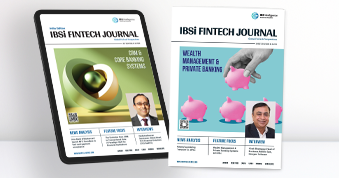
- Most trusted FinTech journal since 1991
- Digital monthly issue
- 60+ pages of research, analysis, interviews, opinions, and rankings
- Global coverage
Other Related Blogs
December 17, 2024

